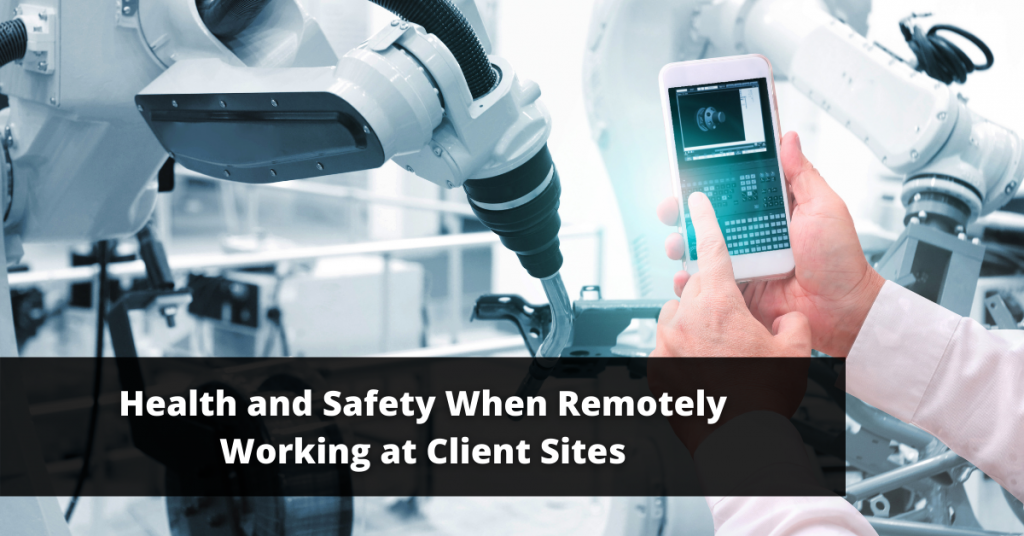Throughout the Covid-19 pandemic and as we look to the future at SL Controls with increased home working arrangements, we have adapted our policies on health and safety. There is now much greater emphasis on ensuring consistent standards between health and safety in an SL Controls office location and when an employee is working from home.
For us at SL Controls, this also brought into sharp focus the fact we now have three distinct working conditions for our employees in terms of health and safety.
- Working in an SL Controls office
- Remote working from home
- Remotely working at a client site
Health and Safety for Remote Working at a Client Site
While working from home is currently a popular topic of discussion, remote working was common even before Covid-19. Remote working (outside of working from home) can take many forms, but at SL Controls, it typically means employees that travel to different client locations for all or some of the working week.
While this type of remote working has been common historically, it has not been common over the past 18+ months. As a result, we have taken steps to remind our team of important health and safety issues when working remotely.
Working at Client Locations
When working at client locations, our employees follow the health and safety policies and procedures of SL Controls and those of the company where they are working. This includes completing necessary risk assessments, understanding responsibilities, getting clarification when there is any confusion, and ensuring similar standards are applied for workstations and other working conditions.
Driving
Driving is an important health and safety consideration as there are many factors that are beyond an employer’s or employee’s control. Steps that we can take include checking the driver’s licenses of our employees and reminding employees about staying safe when driving for work.
This includes taking practical steps such as making sure the vehicle is safe and properly maintained. At this time of year, things like tires, washer fluid, and lights are particularly important as roads become more slippery in the winter months, there is often reduced visibility, and there is increased spray on windscreens.
We also advise employees to plan journeys in advance and ensure they are realistic about how long the journey will take. This advice includes leaving early enough, taking sufficient breaks, and taking into account bad weather, traffic, and the unexpected.
It is also important to emphasize being careful when driving in low light and when it’s dark, as it is much more likely in the winter months to be driving in low light conditions both at the beginning and end of the day. Remaining alert and being well-rested are essential.
Other advice includes avoiding driving completely in exceptionally bad weather, and never using mobile phones while driving.
Covid-19 Considerations
Covid-19 is also a consideration for remote workers, so we also remind employees of the steps they should take to stay protected when working at a client site. This includes following the rules put in place by the client, in addition to following the more general advice of wearing a mask, regularly washing hands, and keeping a safe distance.
Travelling Overseas
While traveling overseas has been limited recently, it remains an important health and safety consideration for remote workers. Those considerations include everything from different driving conditions to crime and weather.
Monitoring the Health and Safety of Remote Workers
At SL Controls, we have clear and consistent management systems that ensure employees working at client sites and other remote workers are safe. We also take steps to ensure our systems remain effective. This includes regularly reviewing risk assessments and including remote workers in decision-making.
Ongoing Improvement Process
As with most things in business, particularly in our industry, it is important not to stand still. Continuous improvement should always be the objective, including in all aspects of health and safety.
This continuous improvement approach enabled us to quickly adapt our health and safety processes when we moved to 100 percent remote working at the start of the pandemic. It will also ensure we continue to use best practices in health and safety when our employees work at client sites.

